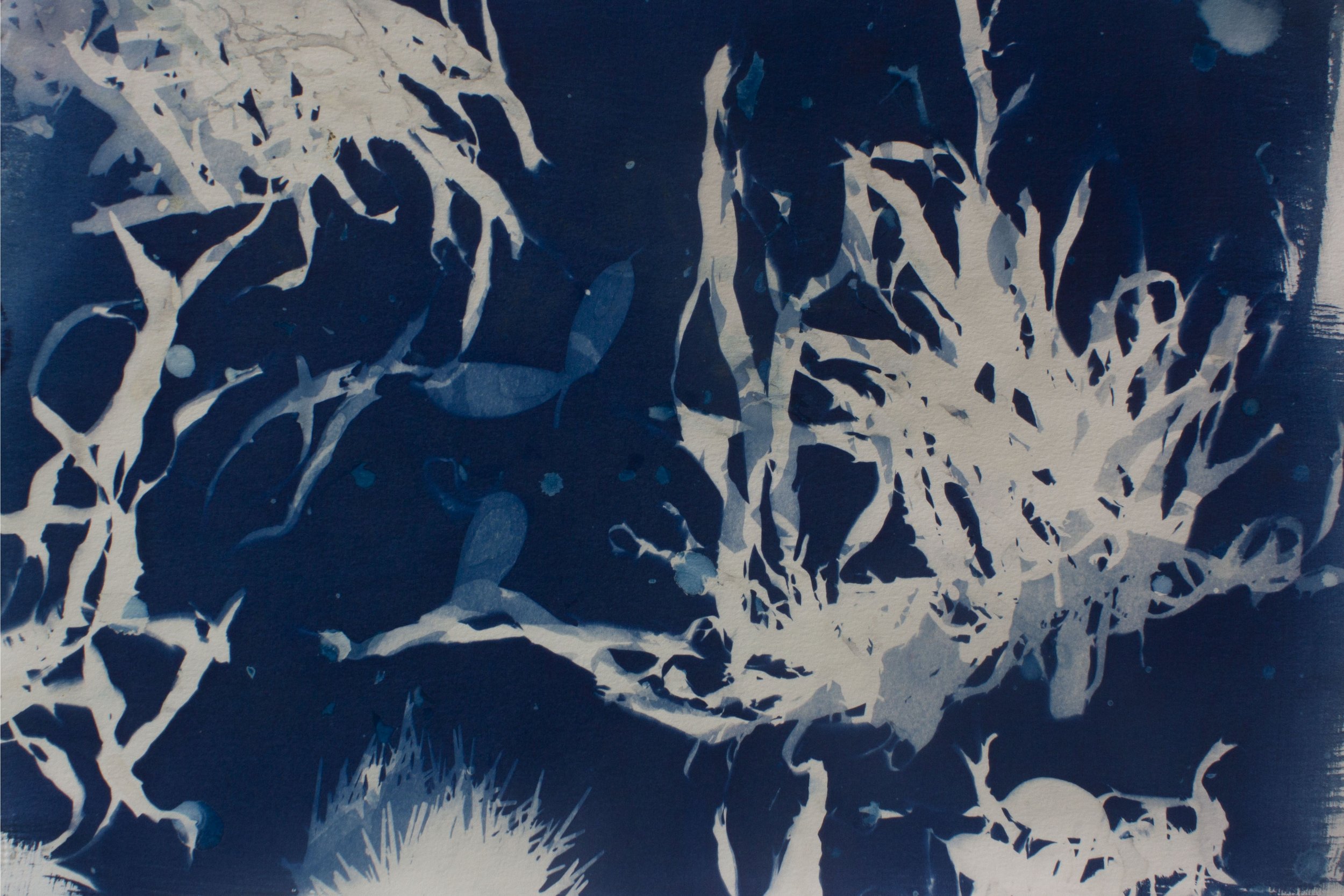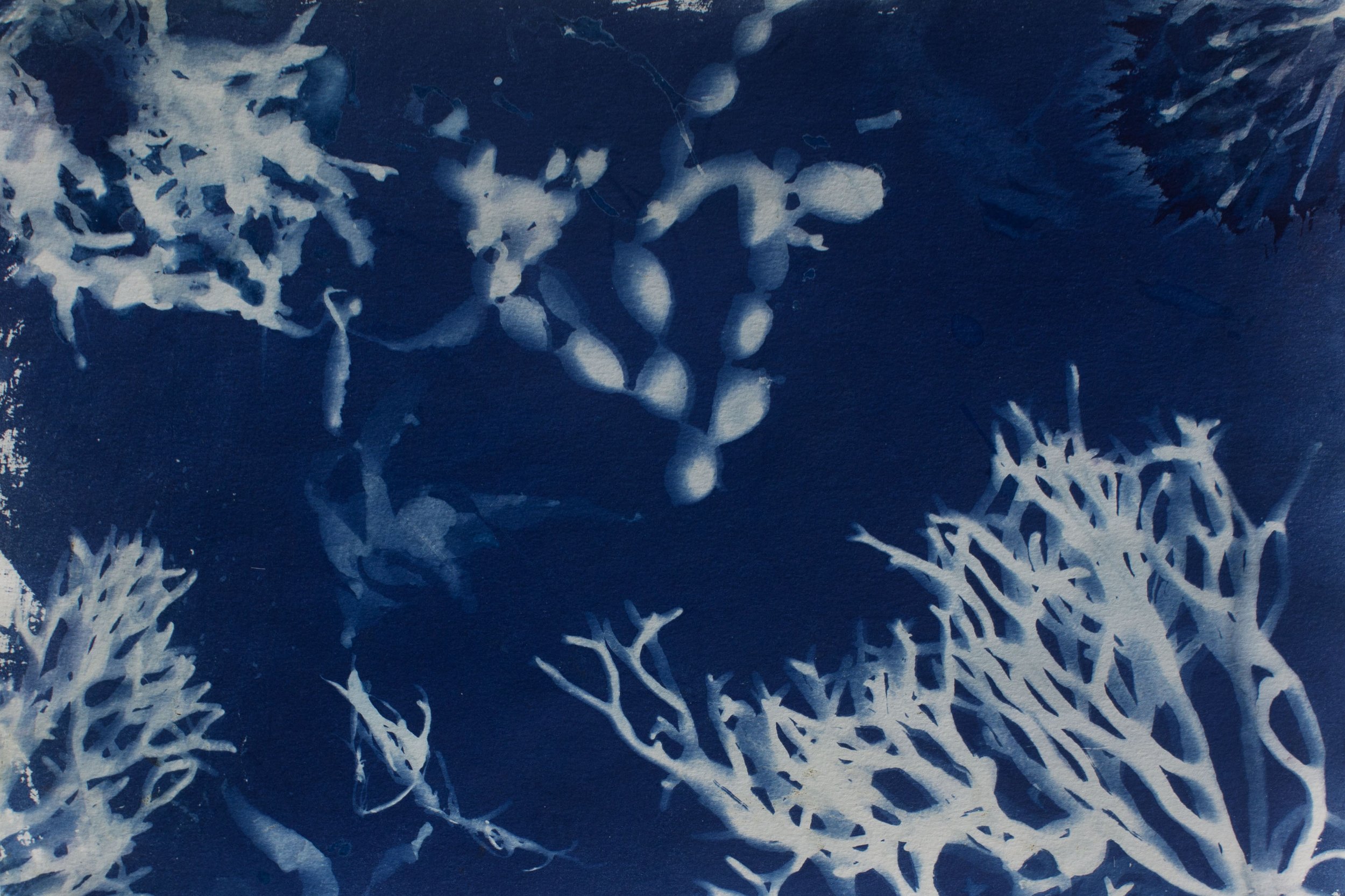Seaweed Women
“... secure what [seaweeds] look to you the best, whether you wet your gloves, boots, or even petticoat, or not!” (Gatty 1855)
The influence of Romanticism and the desire to leave the cities and the effects of industrialisation behind in the 1800’s led to a renewed interest in nature. For those who had the means to escape to the coast, collecting seaweed became a popular activity. Women especially gathered these “flowers of the sea” and dried and pressed them in albums as mementoes of their seaside visits. It was a respectable, Romantic pastime for women “who were not expected to study science for its own sake, but as a social accomplishment”. Despite this belief many women, like Anna Atkins and Margaret Gatty, not only collected but studied and recorded images of seaweed, which led to significant scientific contributions.
Fast forward 200 years and one woman who has spent decades studying seaweed is Pia Winberg, a marine ecologist at the University of Wollongong, whose research is exploring how to address the world’s climate crisis. Seaweed has the ability to absorb vast amounts of carbon dioxide out of the atmosphere, therefore reducing greenhouse gases. However, modern research tools such as underwater drones and sensors monitor the ocean documenting the present and hinting at the future, but they are unable to tell us about the past. Without 19th century women’s contributions, there would be no history of the seaweeds that graced our shores.
As a woman and having had a lifelong connection to the sea, I want to explore change and the impermanence of the landscape using cyanotype. After coating each piece of paper with an emulsion and taking these down to the beach, which further connects me to the process and the image, I then place seaweed on top of the paper and expose it to the sun, creating outlines of seaweed forests against the blue background of the “sea”. Each picture is unique in the same way that seaweed is – whether it is growing on the ocean floor or washed up on the shore. These images form a connection between the present and the past, reflecting the lineage of women collecting seaweed and recording its uses, beauty and fragility.


